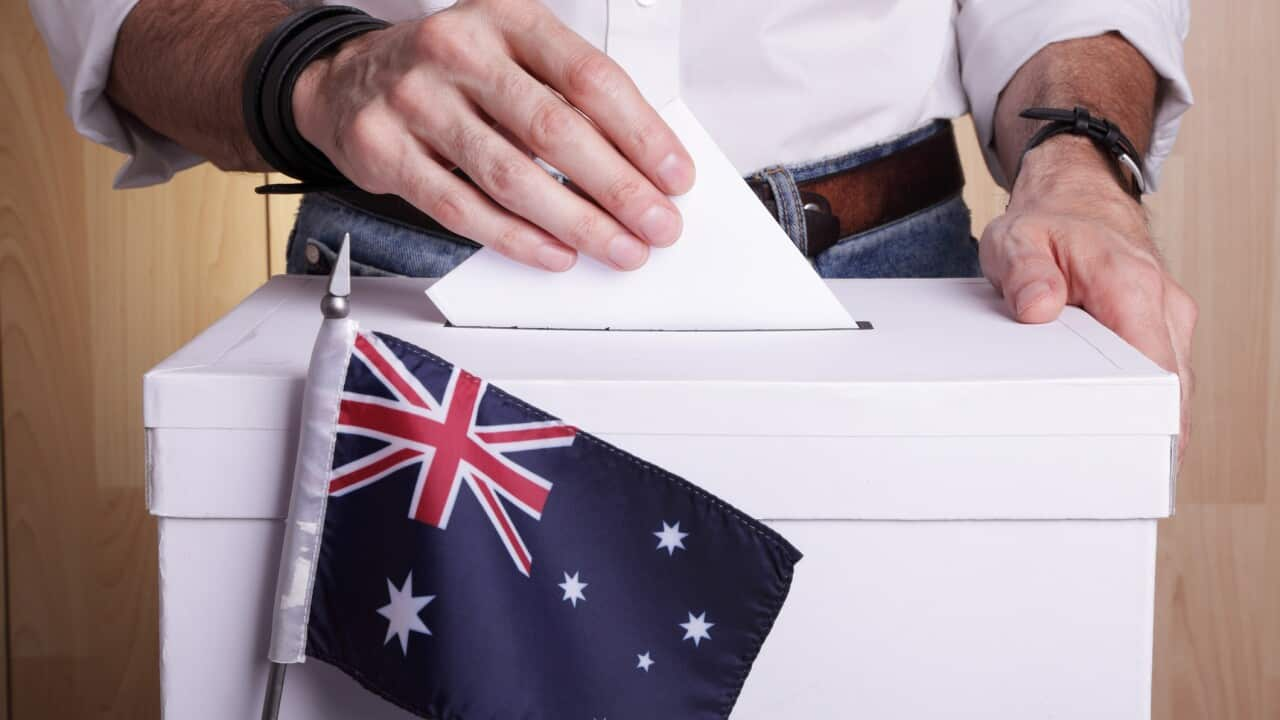Key Points
- A HELP loan defers your tertiary course fees until you find a job.
- You won’t start paying off your loan until your income reaches $51,550 a year.
- To be eligible you must be an Australian citizen or hold specific visa or residency status.
- Unpaid HELP debts grow in line with the Consumer Price Index.
When enrolling in higher education, you’ll need to make payment arrangements for your courses.
Some students are able to pay their course fees upfront to avoid debt, but most opt for a government loan to cover tuition fees. This government loan program is called the Higher Education Loan Program or HELP.
Types of HELP
There are five specific HELP schemes, with HECS-HELP and FEE-HELP being the most common.
According to Stephanie Stockwell, a spokesperson for the Department of Education, to be eligible for a HECS-HELP loan, you must be enrolled in a Commonwealth Supported Place (CSP).
A CSP is where a student enrols at a university and the government pays a subsidy directly to the university so the overall cost of the course for the student is reduced.Stephanie Stockwell, Department of Education spokesperson
“However, a student would still need to cover some of the cost of the course, and that's where a HELP loan becomes important,” she says. “Because if they're eligible, they could take out a HELP loan to cover that remaining amount.”
On the other hand, FEE-HELP can be used if you're enrolled in a full fee-paying place, which is a non-subsidised place at a tertiary institution in Australia.
Where you enrol will determine which type of HELP you are eligible for.
It’s important to remember that HECS-HELP and FEE-HELP loans can only be used to cover course fees.

How is your HELP debt calculated? Source: Getty / Getty Images/Kanawa_Studio
Are you eligible for HELP?
You must be:
- An Australian citizen with plans to study at least some of your courses in Australia
- A current or eligible former New Zealand Special Category Visa holder who meets long-term residency requirements and commits to studying the entire course in Australia
- A permanent or eligible former Humanitarian Visa holder who will be living in Australia during the duration of the course
- A Pacific Engagement Visa holder
Overseas professionals can access a specific FEE-HELP loan in order to undertake a bridging course.
How is your HELP debt calculated?
Fees are charged on a per unit and not on a yearly basis. The more units you take, the more that gets added to your HELP debt.
Bruce Chapman is an Emeritus Professor in Economics at the Australian National University and the architect of the original HECS system.
“So, if you enrol in a degree, you might do four units in first semester and you’ll incur debt which is the total of all of them,” Professor Chapman explains.
“One year might cost you $3,000, but if the next year you only take one course, then your debt would only increase by about $500.”

Horizontal color image of a small group of Australian university students from different heritages and backgrounds. Credit: funky-data/Getty Images
How do you pay off your loan?
Your debt simply remains untouched until you find employment. When your employer withholds income tax from your salary each pay, they will withhold a little extra to pay off your HELP debt.
But this only happens once your annual income reaches a certain level.
Currently, that, at which point you are taxed an additional one per cent of your income until your debt is gone.
Professor Chapman explains that one important feature sets the HELP system apart from overseas student loan schemes.
“If people are in trouble, they lose their job or they’re ill or they’re looking after an aged parent or newborn child, they don't have to worry about repaying because the government will collect it later if their financial circumstances improve,” he says.
Because your HELP debt is contingent on your income, and everyone’s income is different, anyone with a HELP loan has a unique debt and repayment arrangement.
In this way, HELP loans differ from bank loans, where the borrower pays off their debt within a set period, explains Professor Chapman.
With a HECS debt some people will repay, if they've got very high incomes, in about five years and some people won't pay [it off] until they leave the labour force.Bruce Chapman, Emeritus Professor in Economics, ANU
Although you’re not required to start paying off your debt until you have reached the income threshold, your debt can grow over time.
“The rate of indexation that is applied to a debt changes each year as it's based on the Consumer Price Index,” Stephanie Stockwell warns .
The government will also recoup your debt if you choose to live overseas for an extended period. You must declare any overseas income, and the HELP rules will apply.

The University of Sydney Source: AAP
"Applying is easy"
According to Renee Hindmarsh, Acting Chief Executive of Universities Australia, you only need to apply once for the duration of your course.
“Eligible students will be required to submit a Request for HECS-HELP form, which is provided by their university. And within this form they'll need things like a Tax File Number or confirmation of an application for a TFN, as well as their unique student identifier.”
For more information on government assistance for financing your tertiary studies, visit .






